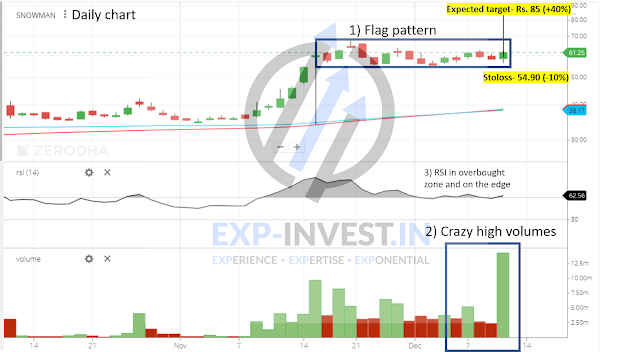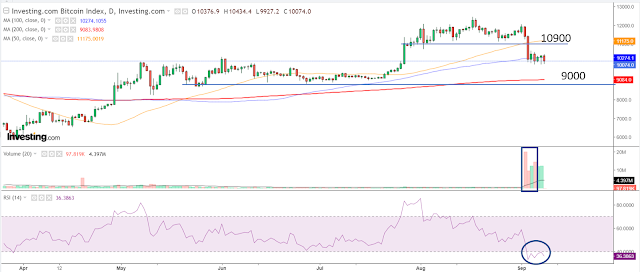Sharing below an article I wrote for the 6th edition of the Energy Insights Newsletter- EnSights. The newsletter is circulated to other employees within my company- Royal Dutch Shell to share insights and understanding of the industry at large.
Hope you enjoy the read!
Hello Readers!
This time last year, I researched the US meat industry for a start-up selling veganism. In the course of my research, I came across some interesting trends in the American meat consumption pattern. Several articles talked about the growth of the poultry industry in a market largely dominated by red meat. When I investigated official US numbers, I learned that over the last 30 years, the American platter had doubled- who would have thought the growth of the poultry industry would not replace the legacy red meat despite exponential growth in poultry consumption, instead, would get a place of its own on the now enlarged appetite of the American population.
Let’s replace the appetite for food with an appetite for energy. As the appetite for energy continues to increase exponentially, the introduction of renewable energy does not pose a threat to the existing oil and gas industry, instead, they both jointly supplement the energy paradigm, just like poultry and red meat did supplement the US meat industry today.
The advent of renewable energy is like the introduction of a younger sibling into a family. The new member grows to have his own identity, own roles, and responsibility, its introduction temporarily disrupts the status quo initially, but soon there are adjustments and reallocation of resources and eventually, both the younger and the elder siblings contribute to the fulfillment of the family’s needs on their individual levels. The introduction of the younger one (renewables) does not mean the elder one (oil and gas) is going to be entirely replaced/ substituted, however, the resources (investments) the elder one solely enjoyed – now get divided and the parent’s (producers and consumers) attention gets diluted.
Renewables as a source of energy are no more a ‘threat’ to the oil and gas industry than its own carbon footprint. Oil and gas are also no longer enough to fulfill the ever-growing energy demand globally. The introduction of the renewables to energy industry is like the introduction of poultry to the US meat industry- simply an add-on to the existing menu.
While renewable energy continues to become more and more cost-effective, and thoughts of scalability keep the pioneers awake at night, retail and institutional investors across the globe dig deep into their pockets to take up stake in renewable space. A look at the Nasdaq Clean Edge Green Energy Index (CELS) reflects this optimism. The index constitutes the following:
1. Advanced Materials (silicon, lithium, bio-based, and/or other materials and processes that enable clean-energy and low-carbon technologies)
2. Energy Intelligence (conservation, efficiency, smart meters, energy management systems, LEDs, smart grid, superconductors, power controls, etc.);
3. Energy Storage & Conversion (advanced batteries, power conversion, electric vehicles, hybrid drivetrains, hydrogen, fuel cells for stationary, portable, and transportation applications, etc.); and
4. Renewable Electricity Generation (solar, wind, geothermal, water power, etc.)
The weekly log chart of the
NASDAQ® Clean Edge® Energy Index (CELS) recites a tale of investor optimism towards clean energy. Between Mar to Aug ‘20, the index has posted an incredible 175% return. Since the financial crisis in 2007-08, the index had been resisting the level of 280. In 2019, nearly 12 years after the financial crisis, the index not only overcame the resistance but also rallied at the back of real-world problems growing out of climate change and a globally broadened consciousness demanding clean energy. With the advent of COVID-19, like every other index in the world, CELS also witnessed a shock that took it back to the sub 280 levels, but it bounced back with vigor and has been unstoppable since then. This rally is expected to continue and post exponential returns over the next decade in accordance with the principles of the Elliott Wave Theory.

Renewables and fossil fuels are not the two sides of the same coin, they are more like a currency pair, wherein they will work together closely to maintain the global energy parity.
Thanks for reading :)
Choose the platform you use the most and follow the link to follow Let's get Technical on the go!
You can also join the following groups for an instant update
Regards,
Kavita
























